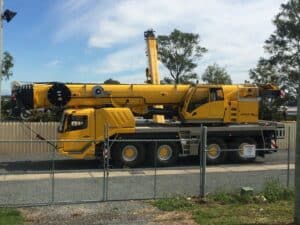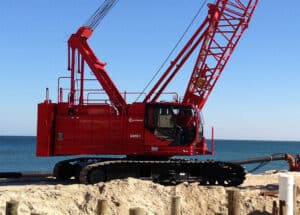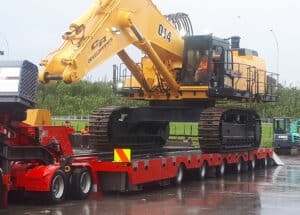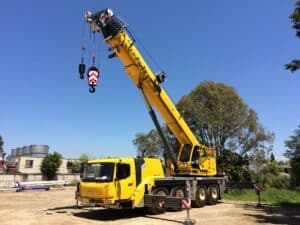Why Operating A Crawler Crane Can Be Challenging
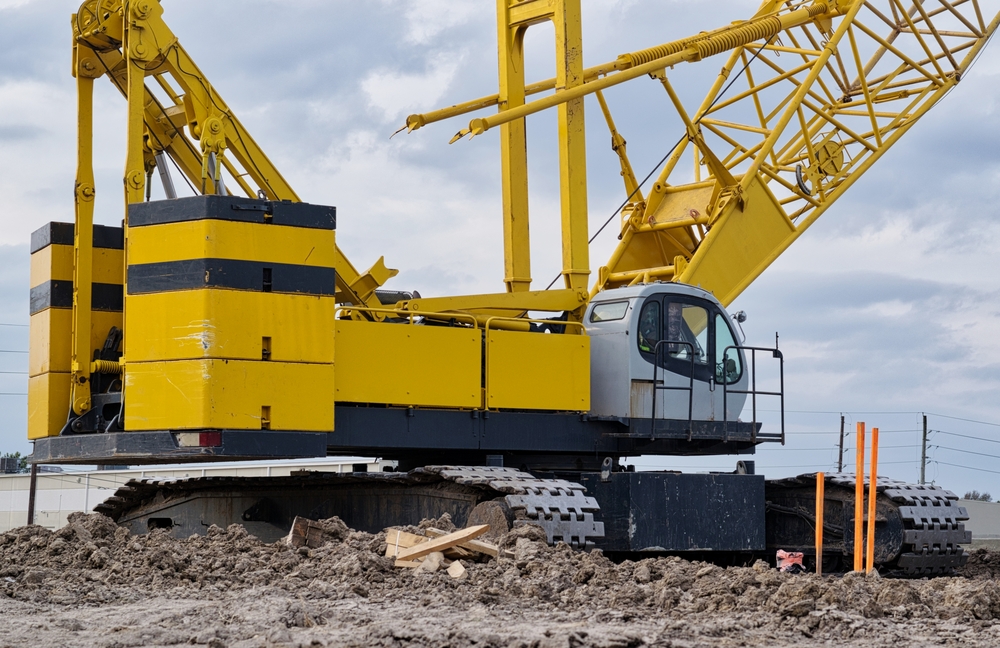
Crawler cranes are one of the most versatile pieces of heavy equipment on a construction site. They’re able to travel over rough terrain and can be used for a variety of lifting applications. But operating a crawler crane comes with its own set of challenges.
For one, crawler cranes are very large and can be difficult to manoeuvre. They also require a skilled operator who understands how to safely operate the crane. And because they’re often used for lifting heavy loads, there’s always the risk of accidents and injuries.
Despite the challenges, crawler cranes are an essential piece of equipment on many construction sites. With the right operator, they can be used safely and effectively to help get the job done.
The Challenges Of Operating A Crawler Crane
Crawler cranes are one of the most popular and versatile pieces of equipment on any Jobsite. But operating a crawler crane comes with its own set of challenges. Here are four of the most common challenges operators face:
Weather Conditions
Crawler cranes are designed to operate in all weather conditions, but that doesn’t mean they don’t feel the effects of extreme weather. High winds can make it difficult to control the crane, and heavy rain can make the ground too soft to support the crane’s weight.
Limited Visibility
The operator’s cab is located high off the ground, which gives the operator a good view of the job site. But the limited visibility can be a problem when the crane is moving around the job site or when the load is being lifted.
Crowded Job Sites
Crawler cranes are often used on construction sites that are crowded with other equipment and workers. This can make it difficult to manoeuvre the crane and can also increase the risk of accidents.
Maintenance
Like all machinery, crawler cranes require regular maintenance to keep them running properly. This can be a challenge for operators who are already working long hours.
Despite these challenges, crawler cranes are an essential piece of equipment on many job sites. With proper training and safety precautions, operators can safely and efficiently use these versatile machines.
The Key Considerations When Operating A Crawler Crane
When operating a crawler crane, there are a few key considerations to keep in mind in order to ensure a safe and successful lift.
First, it is important to select the right crane for the job. There are many different types and sizes of crawler cranes available, so it is important to choose one that is appropriate for the task at hand.
Next, it is important to properly prepare the lifting area. This means clearing away any debris or obstacles that could get in the way of the crane and making sure that the ground is level and firm enough to support the weight of the load.
Finally, it is crucial to operating the crane safely and within its capabilities. This means following the manufacturer’s instructions and using the proper safety protocols. It is also important to have a qualified operator who is experienced in operating this type of crane.
The Safety Concerns Associated With Crawler Cranes
Crawler cranes are large pieces of construction equipment that are used to move heavy loads. They are often used to move prefabricated sections of buildings or to move large pieces of machinery. Crawler cranes typically have a long boom that can be raised or lowered, and they move on a set of tracks.
Crawler cranes are powerful machines, and they can pose a safety risk if they are not operated properly. In particular, crawler cranes can tip over if they are not properly balanced. This can happen if the crane is carrying a heavy load that is not evenly distributed, or if the ground underneath the crane is not level. If a crawler crane tips over, it can cause serious damage to property and injuries to people.
Operators of crawler cranes must be properly trained and certified. They should also be familiar with the crane’s operating manual and with local safety regulations. The operator must be able to see the entire load at all times and must be aware of the surroundings to ensure that the load does not strike anything.
When not in use, crawler cranes should be properly secured so that they cannot tip over. This typically involves placing blocks under the tracks and tying the crane down with straps or chains.
Crawler cranes can be a valuable tool for construction projects, but it is important to be aware of the safety concerns associated with their use. By following proper safety procedures, operators can help to ensure that crawler cranes are used safely and that accidents are prevented.
The Operator’s Responsibilities When Operating A Crawler Crane
When operating a crawler crane, the operator is responsible for a number of things. First and foremost, they are responsible for the safety of the crane, its load, and the people around it. They must follow all safety procedures and regulations to ensure that everyone remains safe.
The operator is also responsible for ensuring that the crane is operated properly and efficiently. This includes knowing how to operate the controls, understanding the crane’s capabilities and limitations, and being able to troubleshoot any problems that may arise. They must also be able to properly communicate with the ground crew to ensure that the crane is being used as intended.
Operating a crawler crane takes a great deal of skill and training. Those who are not properly trained and experienced should not attempt to operate one. By understanding the operator’s responsibilities, you can help ensure that everyone remains safe while the crane is in use.
The Importance Of Proper Maintenance When Operating A Crawler Crane
A crawler crane is a type of mobile crane that is typically used in heavy construction and engineering applications. Crawler cranes are distinguished from other types of mobile cranes by their use of a set of tracks, or crawlers, to move the crane around the worksite.
While crawler cranes are very versatile and can be used in a variety of applications, they are also very large and complex machines. As a result, it is important to follow proper maintenance procedures when operating a crawler crane.
Some of the most important maintenance tasks to perform on a crawler crane include regularly inspecting the tracks and wheels, lubricating the moving parts, and checking the hydraulic fluid levels. In addition, the crane operator should be properly trained in how to safely operate the crane, and the worksite should be prepared in advance to ensure that the crane can be safely used.
By following proper maintenance procedures, operators can help to ensure that their crawler crane remains in good condition and can continue to safely and effectively perform its job.
